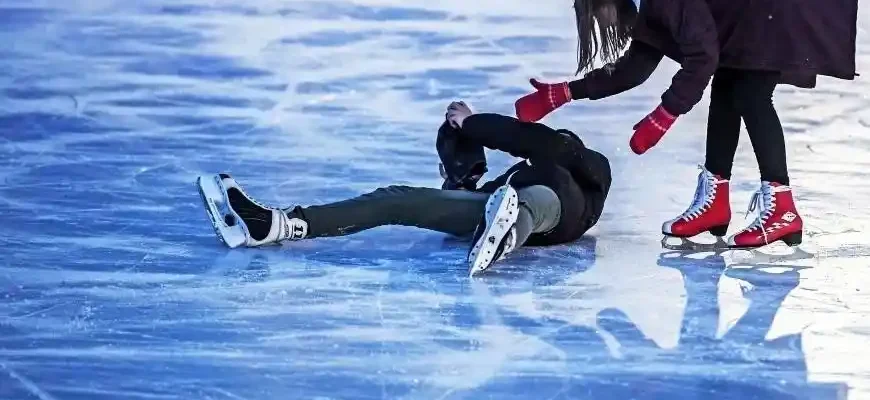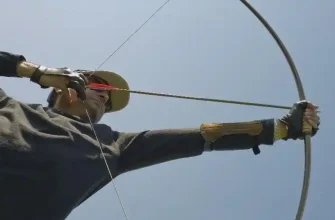Ice skating is a delightful, invigorating sport that combines grace, agility, and a touch of thrill. Whether you’re drawn to figure skating, ice hockey, or just gliding across the rink for fun, learning how to ice skate can be an incredibly rewarding experience. But like any new skill, it requires patience, practice, and the right approach.
As someone who has spent many years on the ice (and perhaps fallen more times than I care to admit), I can tell you that ice skating is accessible to people of all ages. With the proper guidance, technique, and mindset, anyone—yes, even those who think they have two left feet—can learn to skate. Let’s explore everything you need to know to get started.
Getting Ready: The Basics
Before we start skating, let’s talk about the essentials: the rink, the skates, and your mindset.
1. Choosing the Right Skates
Proper equipment is crucial to your success. Ice skates come in different types depending on the style of skating. For beginners, figure skates are often the best choice as they have a more supportive boot, which helps maintain stability while learning.
- Fit: Make sure your skates fit snugly but aren’t too tight. Too loose and you’ll lack control; too tight and you’ll risk blisters and discomfort.
- Blade Length: Skates with shorter blades are easier to maneuver, which is why many beginners start with these.
- Rent or Buy: If you’re just starting, it’s perfectly fine to rent skates from your local rink. They should be well-maintained and reasonably comfortable for the duration of your session.
2. The Ice Rink: Where the Magic Happens
Most ice skating lessons will take place at indoor or outdoor rinks. For beginners, a smooth, clean rink with less traffic is ideal. Larger rinks are more crowded, especially on weekends, so it’s wise to start at less busy times.
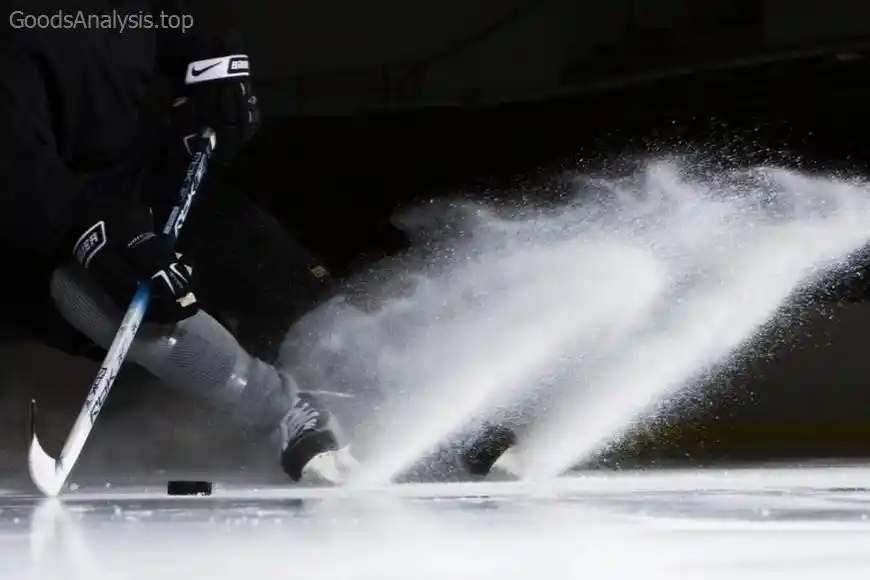
3. Mental Preparation: Be Patient and Stay Positive
Ice skating can be intimidating at first, but don’t let that hold you back. Many beginners struggle with falling—it’s part of the learning process. I’ve lost track of how many times I’ve hit the ice (some of them, I swear, were accidents). But the key is perseverance. Skating is a skill that requires both physical and mental resilience. Embrace the process, and remember: every fall is just another step toward mastery.
Mastering the Basics: First Steps on the Ice
When you first step onto the ice, you’ll probably feel like a newborn giraffe. It’s natural to be a bit wobbly. Here are the essential steps to get you going.
1. Getting Comfortable on the Ice
Before you start skating, you need to feel comfortable standing on the ice. Try to hold onto the rink’s edge for support, standing with your knees slightly bent. When you feel steady, try lifting one foot off the ice. Shift your weight from one foot to the other, just like you would when standing still. This is the foundation of everything that comes next.
2. How to Move: Glide and Push
Once you’re comfortable standing, it’s time to move. The basic movement in skating is a simple “push-glide-push-glide” pattern. Here’s how to do it:
- Push off: Start by gently pushing off the ice with one foot, gliding on the other.
- Glide: As you glide, focus on balancing your weight evenly over both feet.
- Push again: After gliding for a moment, push off with the opposite foot to continue moving forward.

To begin, focus on short glides rather than trying to speed up. Speed will come with time as you build confidence and skill.
3. Falling and Getting Back Up
If you’re afraid of falling, don’t be. Falling is a natural part of learning to skate. The key is to fall safely and know how to get back up.
- Falling Safely: If you feel yourself losing balance, try to fall sideways rather than backward. You’ll avoid the risk of injury.
- Getting Back Up: To get up, bend one knee and use your hands to push off the ice, bringing one foot under you at a time. Use your arms to support your balance and slowly stand up. Don’t rush—take your time to find your balance before taking another step.
4. Learning How to Stop
One of the most important skills in skating is stopping. For beginners, the easiest way to stop is the “snowplow” stop:
- Turn your toes slightly inward and push the inside edges of your skates into the ice, creating resistance that will slow you down.
- As you get more comfortable, you can experiment with other stopping techniques, but the snowplow is a safe and reliable choice for beginners.
Building Skills: From Beginner to Intermediate
Once you’ve mastered the basics, you can start improving your technique. Here’s a breakdown of the key areas to focus on next.
1. Better Balance and Posture
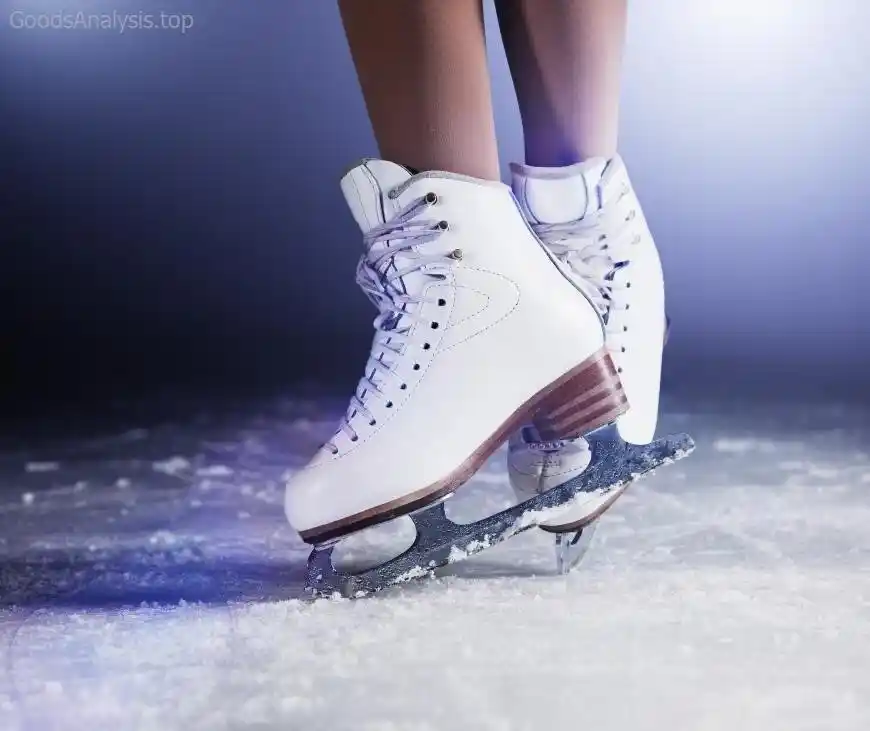
Balance is key in ice skating. Keep your knees slightly bent and your upper body upright but relaxed. Imagine a string pulling your head upwards toward the ceiling, keeping your posture aligned. It’s easier said than done, but with time, this will become second nature.
2. Gliding on One Foot
To improve your control, practice gliding on one foot. Shift your weight to one skate while lifting the other foot off the ice. Start with a few seconds on each foot and gradually increase the time as you get more comfortable.
3. Turning and Maneuvering
Once you’re confident on the straightaways, it’s time to start turning. Practice “carving” turns by shifting your weight to one edge of the skate. Lean slightly to the left or right to initiate a smooth, controlled turn. This takes time, so don’t get discouraged if you wobble or fall at first.
4. Speed and Power
As your confidence grows, you can start building speed. Begin by pushing off with more force and lengthening your glides. But remember, speed comes with control—never rush the process. Skating at a faster pace requires good posture, efficient pushes, and a steady hand.
Staying Safe While Skating
Let’s be real for a second: ice skating is not risk-free. While it’s a low-impact activity compared to many others, there are risks involved, especially for beginners.
1. Injury Prevention
The most common injuries in ice skating are sprains, strains, and falls. To prevent these:
- Warm-up and stretch before hitting the ice. A proper warm-up reduces the risk of strains and tears.
- Wear the right gear. Proper fitting skates and padded clothing can help cushion falls.
- Don’t overdo it. If you’re tired, take a break. Overexertion can lead to falls and injuries.
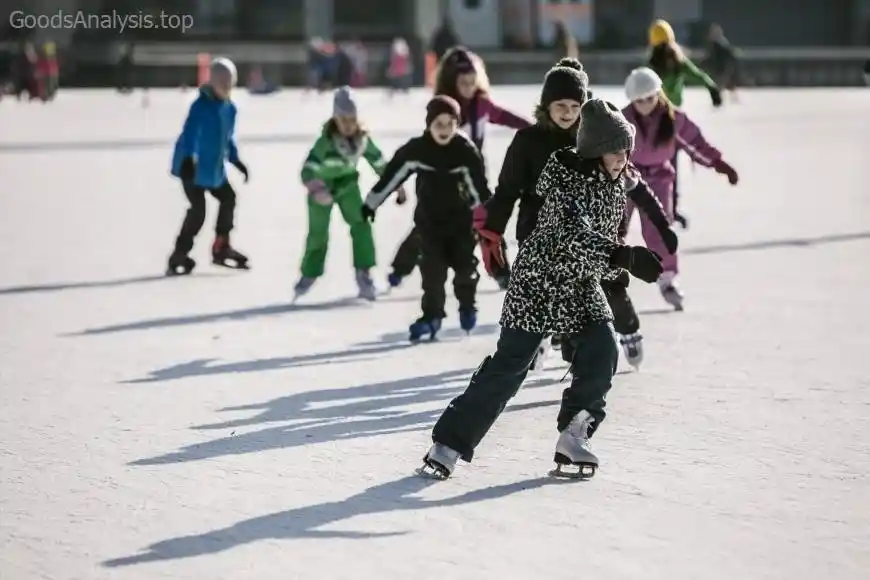
2. Know When to Seek Help
If you experience persistent pain or discomfort, particularly in your joints or back, don’t hesitate to seek medical advice. A physical therapist or doctor can help assess any injuries and guide your recovery.
Getting Lessons: Should You?
While it’s possible to learn on your own, taking lessons is a great idea for anyone serious about progressing faster. Qualified instructors can provide personalized feedback, teach you proper techniques, and help you avoid bad habits.
1. Group Lessons vs. Private Lessons
Group lessons are more affordable, and they offer the added bonus of being in a supportive environment with other beginners. However, private lessons offer one-on-one attention, which might accelerate your learning.
2. Online Resources
If you can’t commit to lessons, there are plenty of online tutorials and videos that can help. However, nothing beats the hands-on feedback you get from a professional coach.
What Others Are Saying About Learning Ice Skating

Here’s what some real people have to say about their ice skating journeys:
- Maria, 36, Brazil: “I took my first lesson as an adult and thought I would fall flat on my face! But with the right support, I’m skating more confidently every week. It’s my new favorite workout.”
- John, 52, USA: “As someone who never skated as a child, I started learning in my 50s. It’s never too late to start—just take it slow and focus on the basics.”
- Amina, 28, Egypt: “I was worried about falling too much, but honestly, it’s part of the process. Now, I love gliding across the rink with my friends. It’s the perfect stress reliever.”
- Santiago, 47, Spain: “I’ve always loved hockey, but I could never skate well enough. With a few lessons, I’m now able to keep up with my friends on the rink. It’s been a great challenge!”
- Liu, 22, China: “Ice skating is such an elegant sport. I’m working on my figure skating skills now and hope to one day compete. It takes time, but it’s worth every fall.”
Conclusion
Learning how to ice skate is a rewarding pursuit that combines fun, fitness, and skill-building. Whether you’re gliding on a casual trip to the rink or looking to perfect your technique for figure skating or ice hockey, there’s always something new to learn. Stay patient, practice regularly, and most importantly—enjoy the ride.
Happy skating, and remember: every fall is just another step toward mastery!
FAQs:
Q: How long does it take to learn to ice skate?
A: It varies from person to

